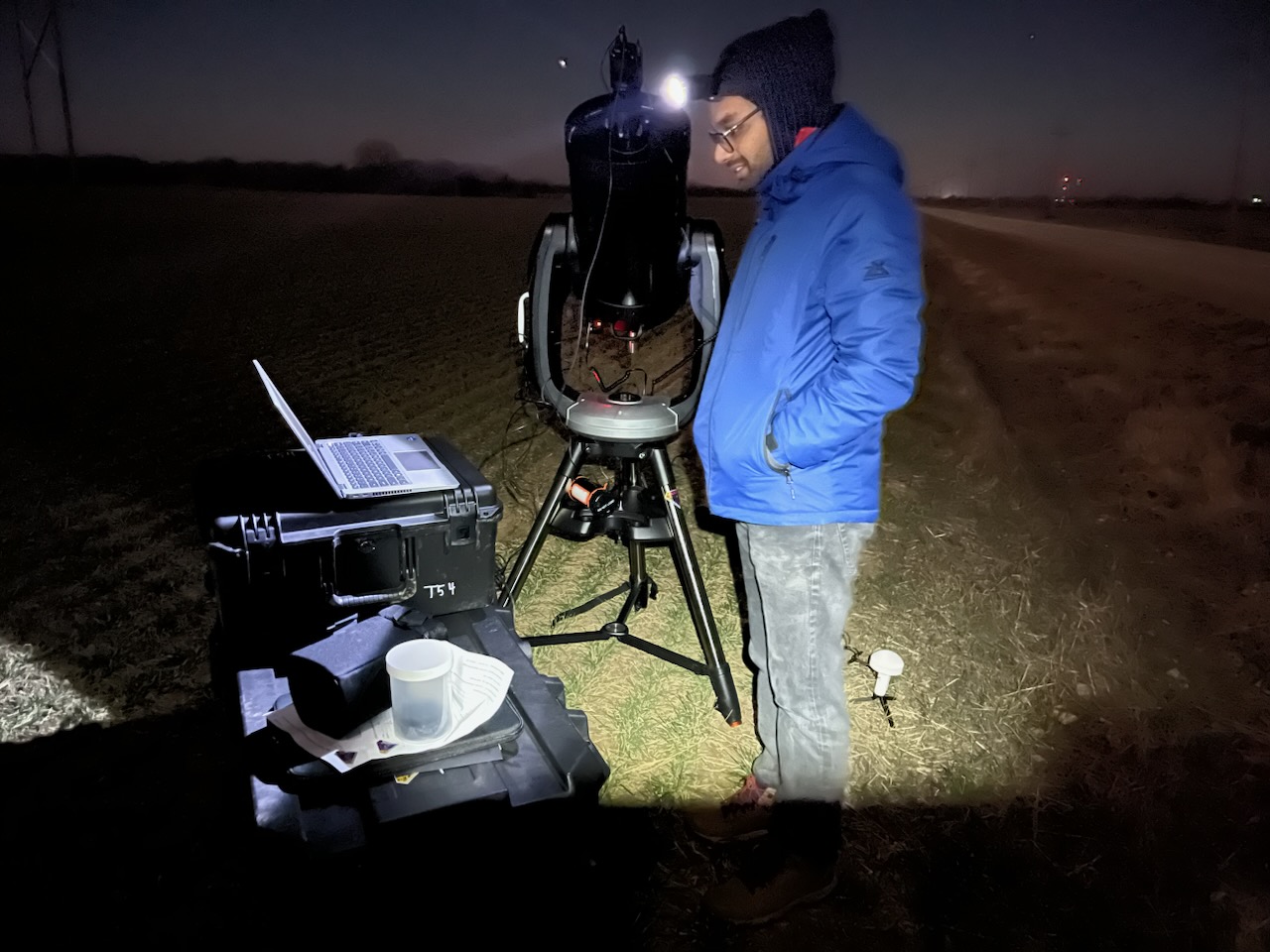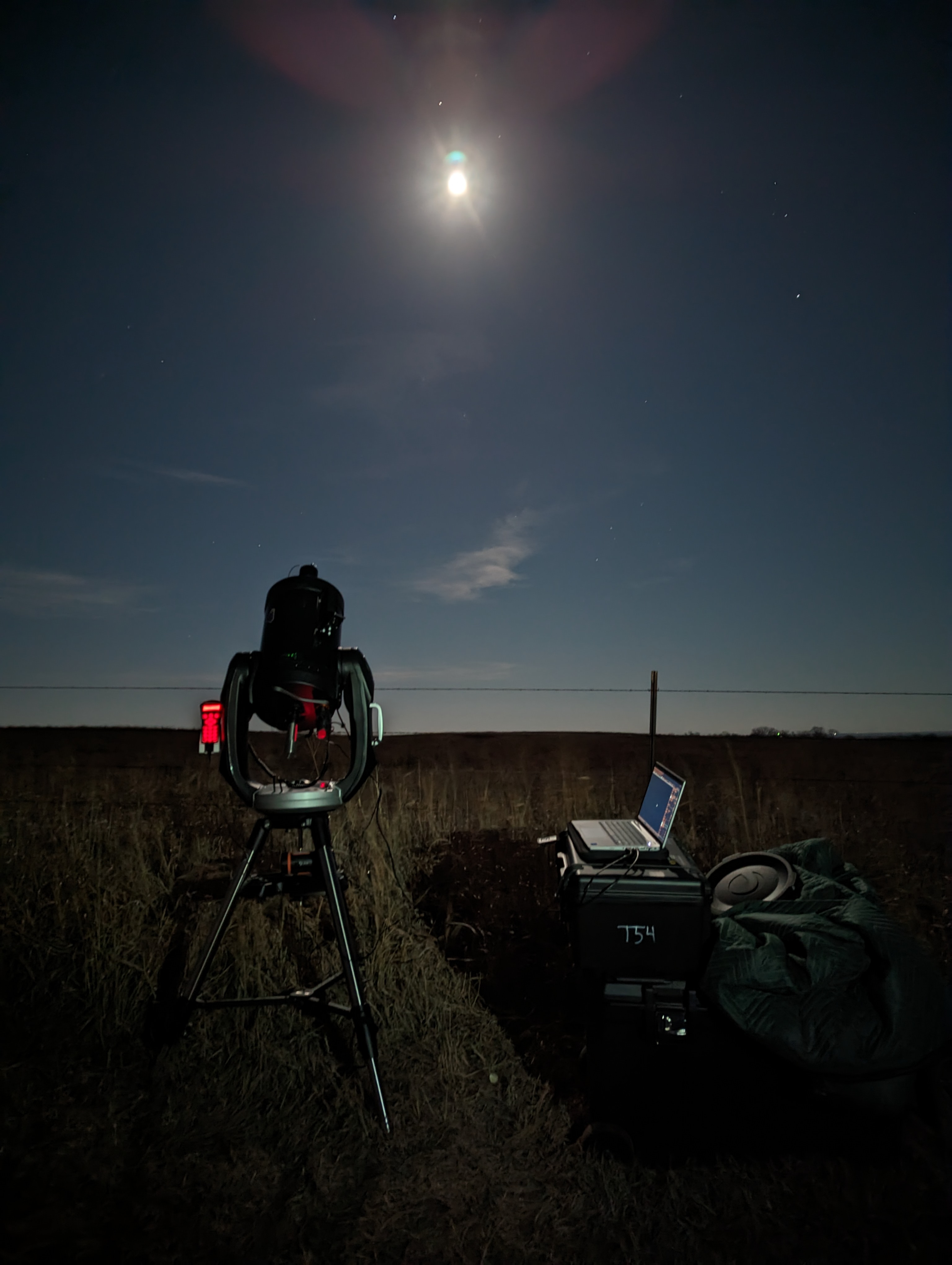Polymele Occultation Observation
Lucy Occultation Campaign by SWRI
NASA’s Lucy mission is the first mission to visit Jupiter Trojan asteroids. These Trojans are fossils of planetary formation. The mission is currently on its way to the its first target. To assist the Lucy spacecraft during the rendezvous and fly-by of asteroids, SouthWest Research Institute (SWRI) conducts the Lucy Occultation Campaign.
Occultation is similar to eclipses, instead of moon or earth blocking the light from the sun, an asteroid passes in-front of a star and block it’s light. By observing this occultation from multiple different locations on Earth, scientists can construct the shape of the said asteroid. One of Lucy’s target asteroid called Polymele revealed more than just its shape. During a campaign in 2022, scientists discovered that Polymele may actually be a binary asteroid that is it may have a moon. They nicknamed this object Shaun.
In February of 2023, Polymele passed in front of another star. This occultation provided a unique opportunity to verify the claim of Shaun. Lucy team identified a need for 100 telescopes deployed across central USA for this campaign. A large effort like this required volunteer help. I participated in this campaign along with 200+ citizen scientists on the team.


The training started about 3 days before the night of occultation. We arrived in Boulder, Colorado with no prior experience. I, along with my fellow volunteer, learned to set-up and operate a CPC 1100 telescope along with timing and video camera equipment to record the occultation. For two nights, we trained in Boulder in sub-freezing temperatures. The third night, we traveled and practiced setting up the telescope on roadside in a parking lot. On the occultation day, we traveled whole day to end up in Kansas where we set-up and recorded the telescope on a dirt road near Salina, KY. Other teams were doing the same all across Kansas state at about 2 km distance from each other.